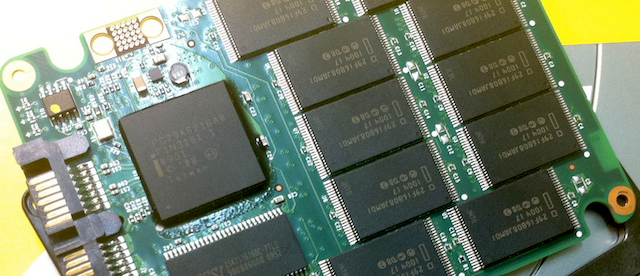You are here
Enjoying digital technology
By Jean-Claude Elias - Jan 09,2020 - Last updated at Jan 09,2020
Fancy a super-wide screen, a duo-able USB flash drive, a mesh-WiFi network booster, or a lightning-fast SSD drive, to name only a few of the fashionable IT goodies? Sure, we can all live without them, but wouldn’t computing be more enjoyable with them?
A good part of living with high-tech is about having some fun along the way, or at least enjoying the tasks you are managing. This is particularly true at personal level, when you are working on your laptop computer at home for example, though to a certain extent one has to admit that it also often applies in the workplace too!
Fun and enjoyment is having tools that are pleasant, fast, trouble-free and friendly. They also must be new, preferably sexy and peculiar enough to trigger a conversation about them with your friends, whether to brag or just to trigger a heated discussion. Fortunately, the world of computers and digital technology has such tools aplenty.
The way we now run several software applications at one time has made small screens just not good enough. The display “real-estate” they offer is not on a par with today’s computing needs. Some would go to extremes and simply use two computers simultaneously, one next to the other on the desk. In addition to being rather expensive, this solution is not practical, for managing two computers entails a lot of work, updates, backups, software licences, and so forth.
The industry provides extra-wide monitors (also referred to as ultrawide models) where the windows of the software programmes or applications that are running can be set side by side for what has proven to be the ultimate convenience. Needless to say that this also comes as a must-have feature if you happen to be into gaming or working on two documents at one time, like in translation for instance.
Samsung’s CJ791 screen is such a beauty. Its aspect ratio (width over height) is 21:9, instead of the more common 16:9, and the diagonal dimension a good 34 inches. The price is in the JD500 range — not cheap, but not terribly expensive either. LG’s 34WK95U-W and Dell’s AW3420DW are two contenders but would cost about 40 per cent more. Ultrawide monitors definitely bring the comfort of seeing two displays in one physical unit.
The “duo” USB flash drives are fashion now. Manufacturers have taken good note of the fact that consumers need flash drives that can easily be connected to a computer and also to a smartphone or a tablet, without having to add cumbersome cables or adapters of all kinds. Kingston, a leading maker of storage devices, including USB and SSD large drives, has these models now ready in the market. They are small, very fast (USB3.1 standard) and are very reasonably priced, since a 32GB model costs a mere JD7 in Amman. One end connects to a standard USB port and the other to a mobile device “USB C” port.
The same Kingston is also the provider of the new famous SSD drives that are gradually replacing the older HDD (hard disk drive) magnetic technology. The most recent models are about twenty times faster than HDDs — not a minor improvement in performance. Prices are in the range of JD100 to JD200, depending on the storage capacity chosen.
Mesh-WiFi boosters are very practical devices for home networking, but remain seldom used. This is all the more surprising that they do not cost much more than the usual WiFi boosters and are not difficult to set up and operate. The main advantage of mesh boosters for home and small office users is that they boost the wireless Internet signal while preserving the name of the network to connect to all around the house or office, something standard models do not do. The latter make you constantly search for the name of the “other” network when you move, for instance, from the kitchen to the bedroom, forcing you to re-connect each time.
When it breaks down or fails us, technology can be painful sometimes. The above tools are here to alleviate the pain.
Related Articles
If your laptop computer is four years or older and you are planning to replace it with a new one, you may want to prepare mentally to accept
The world and the specialised media keep trying to impress us with hot but somewhat mysterious IT topics such as bitcoin, blockchain, driver
Imagine making it from Amman to Aqaba with your car in one hour instead of the usual four.


















